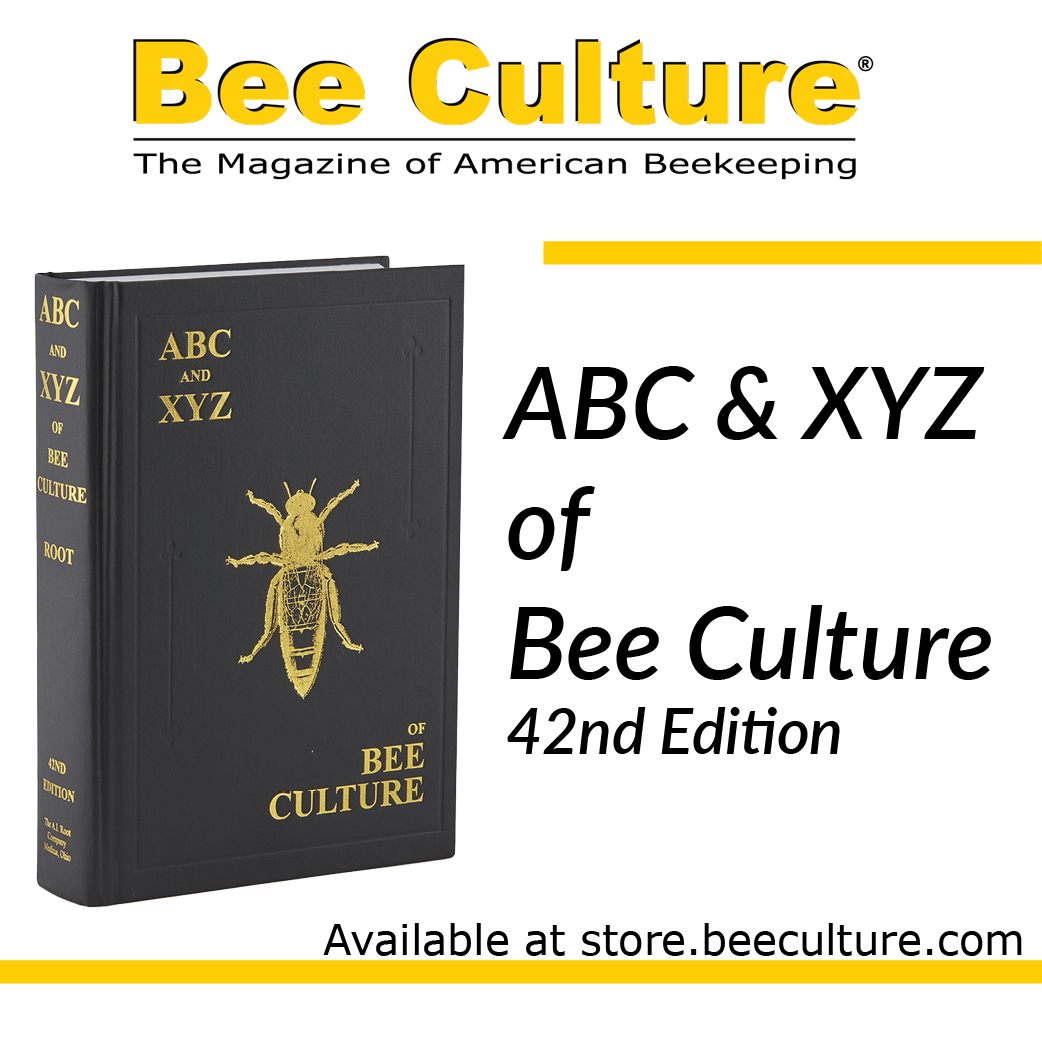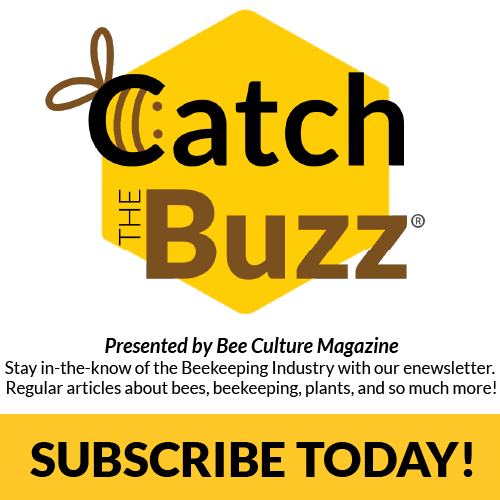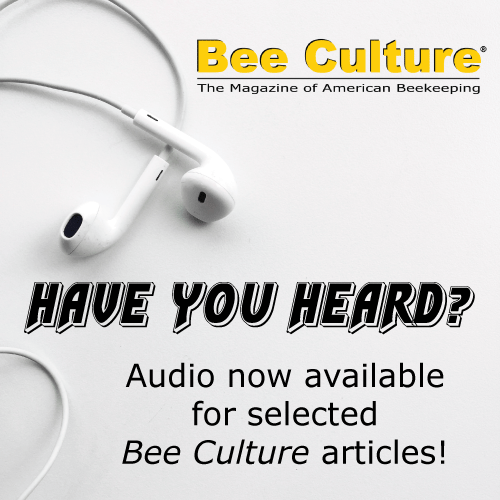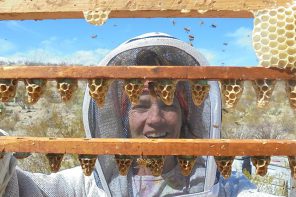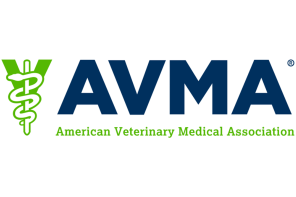Click Here if you listened. We’re trying to gauge interest so only one question is required; however, there is a spot for feedback!
Read along below!
 Honey Bee Cannibalism
Honey Bee Cannibalism
And some other quirks of our beloved bees
By: James E. Tew
I don’t know how to start this conversation
A question came to me that found me unprepared and uneducated on the queried subject. This is not an uncommon situation for me. I have an abundance of bee questions for which I have no answer, but my interest in this question lingered far beyond its derived answer.
Becca F., a beekeeper friend from north Florida, phoned to ask me, “Why are some of the bees in one of my colonies eating some of its brood?” The colony in question was from a cut-out (A “cut-out” is a colony that originated when a beekeeper relocated it from a natural nest site, such as a hollow tree or the wall of a house, to standard hive equipment.) from late last season. Other than some destroyed brood, all other biological characteristics of the colony seemed in good order. You should know that, at the time of the phone call, the 2023 Spring season was well underway in Becca’s area.
From nearly nine-hundred miles away, I really could not say what was causing this disappointing behavior in her distant colony, but I felt that we could, at least, narrow the possible reasons. Narrowing the issue is not the same as answering the issue. If there is a food shortage (probably protein) or if a perceived pathogen is present, I surmised that nurse bees sometimes eat larval brood. I proffered a guess that if all other brood stages seemed healthy, and copious food stores were present, and a pollen and nectar flow was still yet to come, this mysterious issue would most likely resolve itself.

Figure 1. Small Hive Beetles, the cause of brood destruction.
Indeed, it did. Apparently, a Small Hive Beetle (SHB) population had grown within the colony to the extent that some of the bee brood was damaged. Selected bees were striving to regain control of the situation and were eliminating damaged or dead brood. Providing some beetle traps and some microfiber cloths seemed to help the bees regain control in the afflicted colony.
From afar, I was able to do nothing that was helpful. The beekeeper and the bees had seemingly won this battle, but the situation lingered in my thoughts. That some of the bees from one of Becca’s colonies was actually killing and eating some of its brood was a curiosity that stayed with me. Such cannibalism is documented colony behavior in the beekeeping literature. You and I both know that fact, but exactly how does it work? When and why does it work?
Through the decades
Through the passing decades, many times I have alluded to the fact that bees will, at times, “eat” some of their young. With superficial confidence, I have told audiences that these cannibalistic bees are selecting older larvae first. Why? Older larvae are the colony’s major food consumers. Younger larvae seemingly would be on the short list and would be consumed as the older larvae were eliminated. Honey bee eggs will have not yet become food consumers and developing pupae have already completed the eating stage. They are reasonably safe. However, larval stages would be in serious trouble if food stores were stressed.
For hygienic reasons, bees will also remove diseased brood from the colony. At this point, I have few answers, but many questions. Will nurse bees intentionally consume the larval contents as they dispose of their diseased brood? If so, are they re-purposing the larvae’s fluid contents as food or are they removing the contents to expedite getting the dead brood member to the colony entrance? Or both? I have more comments on this concept later in this piece.
Mature honey bees
Let’s just get this out of the way. I cannot recall of an instance where it was documented that an adult bee consumed another adult honey bee. Maybe – and completely hypothetically – I suppose that under specific undocumented situations, if a nectar-ladened worker was killed (i.e., crushed, mashed or just died) and the contents of her honey crop was somehow available, that sweetness could be of interest to other living house bees.
Yes, that scenario is a wildcard, but a scenario like that one is the only incident in which I can envision an adult bee having an interest in cannibalistically eating some of the contents of another adult bee. So again, adult honey bees do not see other adult bees as a food supply.
Maybe for another time, and on a different subject, birds, toads, spiders and other insects certainly do view adult honey bees as food sources. Adult honey bees are readily eaten by these animal species.
Laying workers
When lauding the productivity of a beautiful queen, I have sometimes stated to audiences that, “Nurse bees will police any defective or incorrectly placed brood by eating/removing it.” In effect, this has the effect of making the queen’s output look very good because the workers corrected her mistakes. Well, in a way, she is good at her genetic job, because her offspring had that innate ability. But what about defective queens or even laying workers?
Though I feel a bit shaken, I still support the concept that healthy workers will eat/remove laying worker eggs when they find one. Just exactly how the worker perceives the defective egg is far beyond my knowledge. But I again write that I have lost some of my nerve. Are the workers eating the haploid egg or only removing it? I have been told, and I have re-stated to others, that viable workers truly eat the defective egg.
Indeed, I have read, and subsequently repeated to others, that to a greater or lesser extent, laying worker eggs are commonly found even in healthy colonies – especially when the brood and adult population are high and healthy queen pheromone levels are stretched across the large population. During those times, viable adult workers are constantly removing these sly, worker-laid eggs. Then again, I would boldly say to an audience, “They eat them.”
Whereas, I was once confident in this statement, I have recently grown more reticent. In my fifty plus years of beekeeping, I have never seen an egg anywhere but in a cell. Are these undesirable eggs really being eaten or did I simply not notice a tiny, white egg laying outside on the landing board as it was being discarded? I don’t know. Maybe I just missed it. I will try to be more observant.
Immature queens and drones
I feel that you and I could agree that immature queens and drones are “eliminated” when they are no longer needed. Queen cells are frequently torn down and contents removed if such cells are unneeded.

Figure 2. Dismembered drones at the colony entrance.
As have you, I have seen partially dismembered drones that were being removed from cells. Were they dismembered to ease the removal process or were juices and cellular fluids consumed? I don’t know. I offer this thought at this point; I dangerously assume that liquid contents would be eaten – if for no other reason that nest cleanliness.
Hygienic behavior
Where would honey bees be without this cleanliness behavior? Queen breeders select for this attribute. Scientific careers have been built on this concept. We wish all our queen stocks exhibited this characteristic. But there are instances when the process turns negative for both the bees and their keepers.
For instance, while removing infected brood, nurse bees’ brood food glands may become contaminated with bacterial spores of American foulbrood (AFB). Those nurse bee carriers then feed susceptible young larvae along with pathogenic bacterial spores that perpetuates AFB within the colony’s young brood population. In many presentations, I considered it humorous to tell audiences that nurse bees did not have small stainless-steel buckets and cleaning cloths. Therefore, the only way they could remove the diseased larval debris was to eat it. In retrospect, this may not have been as funny as I thought.
There is abundant published literature (2Posada-Florez, F., Lamas, Z.S., Hawthorne, D.J. et al. Pupal cannibalism by worker honey bees contributes to the spread of deformed wing virus. Sci Rep 11, 8989 (2021). https://rdcu.be/c8o25) that explains how hygienic cleaning spreads deformed wing virus. At this point, I am left with nothing to write. If the colony does not keep itself immaculate, the viral disease spreads. If it cleans itself and keeps colony conditions immaculate, the viral disease spreads. This is a true conundrum.
This spread occurs because bees are in direct contact with virus particles as they clean/eat the diseased brood. I sense that the best solution is to prevent varroa-vectored viruses from gaining a hold in the colony; therefore, the alert beekeeper should constantly suppress varroa populations. At this point, I am forced to admit that if I don’t manage varroa first, I will have much greater problems managing my bees later. This too, is a topic for another time.
Seasonal adjustments
It’s harsh. As humans, we are nearly unable to tolerate the concept, but to bees, brood is potentially food in a form other than bee bread or honey. At this moment, as I write for you, my Spring season is just beginning. Maple is in bloom as are other early season food sources. So, of course, the weather swings between being nice and warm to absolutely wintry.
If my bees have been on time, there is a significant brood population being developed within my colonies. Suddenly, due to cold weather returning, there is no pollen coming in. Not only must the brood be fed, but it be kept warm. What should nurse bees do? It seems that they heartlessly cut their losses. If they perceive that protein is in critically short supply, they stop feeding the oldest larvae, consume them to re-purpose their body fluids to power their nurse bee brood-food glands, and await the restart of the seasonal pollen flow. Such seasonal fluctuations occur everywhere, not just cold climates.
During serious dearths, using brood as food is a brutal but logical thing to do. Could it then be written that bees’ diet is honey, pollen and in trying times, its own bee brood? Yes, this seems harsh to human beekeepers.
Honey bees eating process
Through the years, I have spent significant time trying to understand the “chewing-lapping” mouthparts system that bees use to consume their food. While I think I understand the basics, I readily admit that I do not grasp the finer details of this complicated process. Lacking typical chewing jaws and essentially only consuming a liquid diet, how do bees actually eat a larva? Indeed, how does a bee eat pollen or anything else solid?

Figure 3. The complex honey bee mouthparts (Snodgrass)
While searching a plethora of complex literature on honey bee mouthparts, I stumbled across a very old pamphlet from the Smithsonian Miscellaneous Collections by N.E. McIndoo (3McIndoo, N.E. 1906. The sense organs on the mouthparts of the Honey Bee. Smithsonian Miscellaneous Collection, Vol 65, No. 14. https://repository.si.edu/bitstream/handle/10088/23540/SMC_65_McIndoo_1916_14_1-55.pdf?sequence=1&isAllowed=y). This author reported that bees, using enzymatically reducing saliva, convert some solids to liquid forms thereby allowing the bees to “drink” the heretofore solids. Alternatively, if the solids are small enough, other supporting mouthparts, “in crane-like fashion” lift the small particles to the bee’s mouth where they are subsequently swallowed. For the hyper-interested reader, in clearer description, this bit of information was deeply buried in the fifty-five-page document and can be found on pages 39-41.
An aside…
Through the years, I have admonished honey bee enthusiasts to understand and respect all insect and animal life – not just honey bees. All species have some astonishing characteristics and abilities that seemingly make them stand above their other animal peers. Ergo, honey bees are amazing, but so are many other animal species. But I want to get sappy for a bit. The function and complexity of honey bee mouth parts astound me. Admittedly, I am not a honey bee anatomist, so I struggle to understand this complex system that honey bees whimsically use. I suggest that these hidden mouth parts and their functions are every bit as elegant as the dance language behavior and orienting capabilities of honey bees. In my opinion, bees’ mouthparts deserve more respect than they have gotten.
So, are honey bees vegetarian?
Under dire conditions, some bees will eat some of the colony’s developing brood. Can we agree on that point? If that is true, then can it be stated that honey bees are vegetarians? Maybe not. In fact, things are even more complicated. When bees gather and store pollen, they also collect microbes that live on and in pollen4. Those microscopic animals are also eaten by bees. Some researchers feel that this “meat” is an important overlooked food nutrient for honey bees. As you would expect, this is causing some consternation within scientific circles, but the concept seems to have a toehold at this time. So, are honey bees truly vegetarian? Maybe not.
Just one more thing – robbing behavior
I am out of space, but just one more thing. If robbing bees are maniacal for any food from anywhere, why do they not murder all the larvae in the colony being robbed and imbibe their body fluids? Do they? Honestly, I have never looked. Those large larvae are certainly a potential food source in the weakened colony.
As you know, a robbing episode is NOT the best time to pull all brood frames out of the robbed colony to have a look at whether larvae have been killed, but maybe I should have a look just one time. Please let me know if you see something in your robbed colonies.
Thank you.
To Becca and her bees, I offer a thank you for spurring me to think. To the readers who struggled through this piece, I thank you for your time and dedication to our bees.
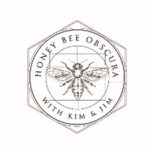
Dr. James E. Tew
Emeritus Faculty, Entomology
The Ohio State University
tewbee2@gmail.com
Co-Host, Honey Bee
Obscura Podcast
www.honeybeeobscura.com

